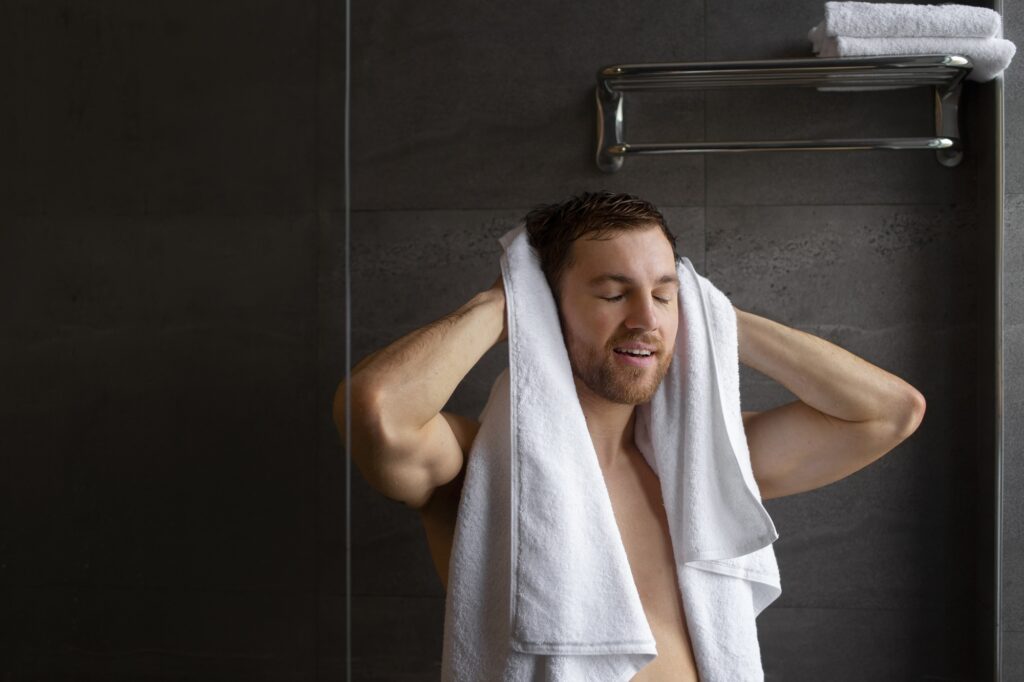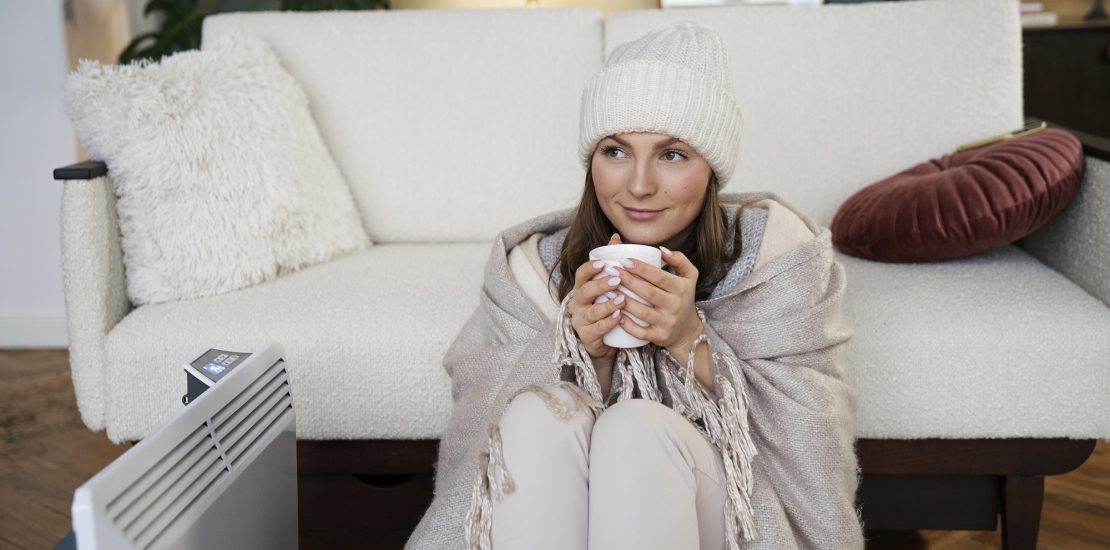Understanding Cold Exposure and Its Mechanism
Cold exposure, also known as cold thermogenesis, involves intentionally exposing your body to cold temperatures through methods like cold showers, ice baths, or spending time in a cold environment. This forces your body to work harder to maintain its core temperature, increasing energy expenditure.
When exposed to cold, the body activates brown adipose tissue (BAT), a type of fat that burns calories to generate heat. Unlike white adipose tissue, which stores energy, BAT is metabolically active and plays a crucial role in thermoregulation. This mechanism, rooted in human evolution, helps preserve core temperature and may offer additional health benefits, including weight management.
Studies show that higher BAT levels are associated with lower body mass indices because BAT burns calories at a higher rate. Cold exposure also increases norepinephrine production, a hormone that stimulates the breakdown of stored fat into energy, supporting weight loss, body transformation, and metabolic health. While more research is needed on long-term effects, cold exposure could complement traditional weight loss strategies.
Benefits of Cold Exposure for Fat Burning
Cold exposure offers several benefits for fat burning and overall metabolic health. Here are some key advantages:

- Increased Caloric Burn: As your body works to maintain its core temperature, it expends more energy, leading to increased caloric burn.
- Enhanced Fat Oxidation: Cold exposure boosts the breakdown of fats, making it easier for your body to use stored fat as a source of energy.
- Improved Insulin Sensitivity: Regular cold exposure has been linked to improved insulin sensitivity, which is crucial for maintaining healthy blood sugar levels and preventing metabolic disorders.
- Boosted Endorphin Levels: Cold exposure can increase the release of endorphins, improving mood and reducing stress, which can be beneficial for body transformation and weight management.
Cold exposure may further improve circulation and immune function, contributing to overall health and supporting weight loss efforts.
Different Methods of Cold Exposure
There are various ways to incorporate cold exposure into your routine, each with its own set of benefits and considerations. Here are some popular methods:
Cold Showers:
Taking cold showers is one of the most accessible forms of cold exposure. Start with lukewarm water and gradually decrease the temperature. This method not only stimulates BAT but also invigorates your senses and boosts alertness.
Ice Baths:
Ice baths are a more intense form of cold exposure. They involve immersing your body in cold water filled with ice cubes. This method is commonly used by athletes for muscle recovery and inflammation reduction, and supporting overall body transformation by enhancing recovery and performance.
Cryotherapy:
Cryotherapy involves exposing your body to extremely cold air for a short duration. It is typically done in a cryo chamber and can be an effective way to stimulate metabolic processes and reduce inflammation.
Cold Environment Exposure:
Spending time in a cold environment, such as a chilly room or outdoor setting, can also activate BAT. Ensure you are adequately dressed to avoid discomfort while still reaping the benefits.
Incorporating these methods into your lifestyle can enhance your weight loss efforts and improve overall well-being. Choose the method that best suits your preferences and tolerance levels.
How Cold Exposure Affects Metabolism

Cold exposure impacts metabolism by increasing energy expenditure and promoting fat oxidation. When the body is exposed to cold, it triggers a thermogenic response that raises metabolic rate, burning more calories and supporting metabolic health.
The activation of brown adipose tissue (BAT) plays a key role in this process. As BAT burns calories to produce heat, it contributes to a higher basal metabolic rate, which helps with weight maintenance.
Cold exposure also increases the release of hormones like norepinephrine and adiponectin. Norepinephrine aids fat breakdown, while adiponectin improves insulin sensitivity and regulates glucose levels. Together, these hormonal changes support a healthy metabolism and aid in weight management.
Incorporating Cold Exposure into Your Weight Loss Routine
To effectively incorporate cold exposure into your weight loss routine, consider the following strategies:
- Start Slow: Begin with shorter durations of cold exposure and gradually increase as your tolerance improves. This will help your body adapt without causing excessive discomfort.
- Consistency is Key: Regular exposure is essential to reap the benefits. Aim for at least a few sessions per week to see noticeable results.
- Combine with Exercise: Pair cold exposure with physical activity to maximize calorie burn and improve muscle recovery. Cold exposure after a workout can reduce inflammation and enhance recovery.
- Monitor Your Body’s Response: Pay attention to how your body responds to cold exposure. If you experience any adverse effects, such as excessive shivering or discomfort, reduce the duration or intensity of exposure.
By integrating these strategies into your routine, you can enhance your weight loss efforts and improve overall metabolic health.
Safety Precautions When Practicing Cold Exposure
While cold exposure offers numerous benefits, it’s essential to prioritize safety to avoid potential risks. Here are some precautions to consider:
- Listen to Your Body: If you feel excessively cold or experience numbness, it’s crucial to discontinue exposure immediately. Prolonged exposure to extreme cold can lead to hypothermia or frostbite.
- Avoid Overexposure: Limit each session to a reasonable duration, especially if you are new to cold exposure. Gradually increase the time as your body adapts.
- Consult a Healthcare Professional: If you have any pre-existing medical conditions, such as cardiovascular issues, consult a healthcare professional before incorporating cold exposure into your routine.
- Stay Hydrated: Ensure you are well-hydrated before and after cold exposure to prevent dehydration.
- Dress Appropriately: When practicing cold exposure in a natural environment, dress in layers to allow for easy adjustment based on your comfort level.

By following these safety precautions, you can enjoy the benefits of cold exposure without compromising your health.
Conclusion
Incorporating cold exposure into your lifestyle can unlock a range of benefits, from enhanced weight loss and fat burning to improved metabolic health and recovery. While it’s essential to prioritize safety and listen to your body, the potential rewards make it a worthwhile endeavor.
As you embark on your cold exposure journey, remember to start gradually, remain consistent, and monitor your body’s response. Combine cold exposure with a balanced diet and regular exercise to maximize your results and enjoy a healthier, more vibrant life.


